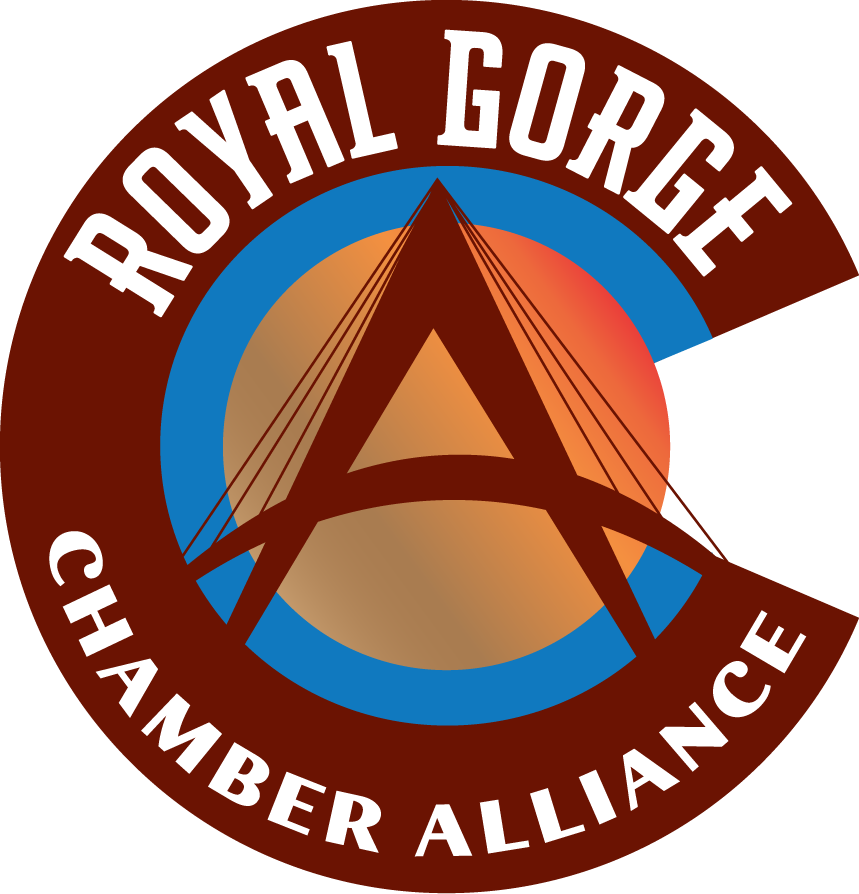History Of The Cotter Mill Superfund Site
This site is a former uranium mill built to process uranium ore by a chemical leaching process to obtain a powder called yellowcake to fulfill a contract with the US Atomic Energy Commission. Yellowcake is known to chemists as U3O8. Each ton of ore typically yields 1-4 pounds of yellowcake, which is a radioactive element; the remaining 1,996 pounds of that ton of ore plus the chemicals required to process it comes out as toxic and radioactive waste.
Abruptly, The Atomic Energy Commission announced they would only honor their contract to buy yellowcake if it was produced from ore mined before November 24, 1958. For Cotter this was devastating, they immediately started looking for other ways to make money with their mill and their License to handle Radioactive Material. Cotter found there was money to be made by taking in Homeless radioactive waste. Between 1951 and 1975 the United States had no policy for nuclear and radioactive waste disposal.
During Cotter’s operation of their alkaline leach mill from 1958 to 1979, this liquid waste, containing radionuclides and heavy metals, was pooled on the bare ground around the mill. This was considered “best practice” at the time. Today this is called the Old Ponds Area. A devastating flood in 1965 washed these tailings down Sand Creek, and deep into the neighboring residential area of Lincoln Park. As a result, the contamination spread, affecting soil, surface and groundwater in Lincoln Park.
Nonetheless, in 1968 Cotter bought waste from the Manhattan Project in St Louis Missouri. Cotter dumped 8,700 tons illegally in the West Lake Landfill in Bridgeton Missouri and shipped the remaining 112.000 tons of Manhattan Waste by open rail cars across the United States to their Canon City Mill. At least one of the train cars lost its cargo on the way.
First alarm was raised in 1968 when cattle started dying from molybdenosis and uranium contamination was detected in private water wells in Lincoln Park, leading to the site's designation as a Superfund site in 1984.
The legacy of this contamination includes the presence of radionuclides, heavy metals, and other hazardous substances in the soil, groundwater, and surrounding environment. This has posed significant risks to the health and well-being of the nearby communities and ecosystems. It is now a landscape feature that lives in geologic time. Cotter is responsible for the clean-up under CERCLA (Comprehensive Environmental Response, Compensation and Liability Act) or Superfund Law.
Impact On Surrounding Communities
Concerns For Public Health
The contamination at the Cotter Mill Superfund site has had significant impacts on the surrounding community, raising concerns about public health and the overall well-being of residents. Here are some ways in which the contamination affects the community:
Health Risks
Radionuclides and heavy metals in the soil and groundwater pose potential health risks to community members. Exposure to these contaminants can lead to various health issues, including increased risk of cancer, kidney damage, respiratory problems, thyroid, autoimmune, birth defects and other long-term health complications.
Water Contamination
Contaminated groundwater can seep into nearby water sources, affecting drinking water wells and compromising the availability of safe and clean water for the community. This poses immediate health concerns and disrupts residents' daily lives who rely on these water sources for agricultural, household and livestock use.
Economic Impacts
Contamination has had negative economic consequences for the community. Property values in the affected areas may decline due to the stigma associated with living near a contaminated site, making it challenging for residents to sell their properties or secure fair prices. The economic well-being of the community can be hindered as a result.
Environmental Degradation
The contamination has also impacted the local environment and ecosystems. Releasing hazardous substances into the soil and water can harm vegetation, wildlife, and aquatic life, disrupting the ecological balance in the surrounding areas. This loss of biodiversity and degradation of natural habitats can have long-lasting environmental consequences.
Social Disruption
The presence of a Superfund site and contamination concerns can create social disruptions within the community. Anxiety and stress related to health risks, uncertainties about the future, and mistrust can strain community relationships and impact residents' overall quality of life.
Colorado Citizens Against Toxic Waste, Inc. and other community advocacy groups have been working tirelessly to embed a curriculum and raise awareness of these impacts.
Colorado Legacy Land Failure
Despite the challenges posed by Colorado Legacy Land's insolvency, CCAT is committed to work with the regulatory agencies through the Community Advisory Group which meets with the EPA and CDPHE monthly. This is open to the Public on Zoom or in person for details see
how to get involved.
P.O. Box 964, Cañon City, CO 81215


